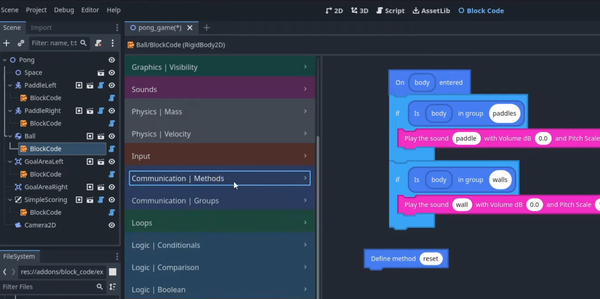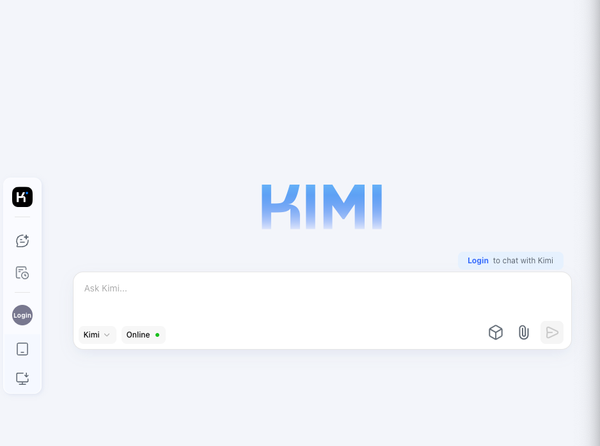Open Source Screen Readers for Visually Impaired users
Table of Content
In today's digital age, computers and the internet are integral parts of our daily lives. However, for individuals with visual impairments, accessing computers and the internet can be a significant challenge. Screen readers are crucial tools that make it possible for visually impaired individuals to use computers and access the internet. Two of the most popular options for screen readers are OS Screen Readers and NonVisual Desktop Access (NVDA).
OS Screen Readers are screen readers that come pre-installed on operating systems like Windows and macOS. They have advanced features like voice output, braille displays, and even speech recognition. Screen readers such as NVDA, available for Windows systems, are free and open-source. It is designed to work seamlessly with various Windows applications and can be customized to the user's preferences.
In this blog, we will explore the benefits and limitations of both OS Screen Readers and NVDA. We will compare their functionality, ease of use, installation, cost, and compatibility to help you choose the screen reader that best meets your needs. Whether you're a visually impaired individual looking for a screen reader or someone looking to support a visually impaired individual, this blog will provide valuable information to help you make an informed decision.
OS Screen Readers
OS Screen Readers are software programs that provide text-to-speech or braille output for visually impaired users. They come pre-installed with operating systems such as Windows and macOS and are designed to provide accessibility features to users with visual impairments. OS Screen Readers enable blind or visually impaired users to navigate and interact with their computers using audio or braille output.
Examples
Some examples of popular OS Screen Readers include Windows Narrator, VoiceOver for macOS, and ChromeVox for Chrome OS.
These screen readers offer a range of features that make it possible for visually impaired individuals to interact with their computers effectively.
Features
OS Screen Readers have several features that make them valuable tools for visually impaired individuals. These features include:
- Voice output: This feature converts the text displayed on the screen into audio that can be read aloud by the screen reader.
- Braille displays: Some OS Screen Readers can also connect to braille displays, which convert the text on the screen into braille output.
- Navigation: OS Screen Readers provide keyboard shortcuts that enable visually impaired individuals to navigate their computers easily.
- Customizability: A user's preferences and needs can be customized by most OS Screen Readers.
Limitations
While OS Screen Readers provide significant benefits to visually impaired individuals, they do have some limitations. For instance, compatibility issues may arise when using third-party software or hardware. Additionally, some OS Screen Readers can be costly, which can be a significant challenge for individuals with limited financial resources.
OS Screen Readers are critical tools that enable visually impaired individuals to interact with their computers effectively. They offer a range of features that provide audio or braille output, navigation, and customizability. While they have some limitations, they remain valuable tools for visually impaired individuals who need to access and use computers in their daily lives.
2- NonVisual Desktop Access (NVDA)
For visually impaired individuals, NonVisual Desktop Access (NVDA) provides free and open-source access to computers. It was developed to enable individuals who cannot see or have limited vision to interact with their computers using audio output.
Examples
Examples of organizations and individuals that use NVDA include blind or visually impaired individuals, government agencies, educational institutions, and non-profit organizations. NVDA has a growing user base due to its accessibility and affordability.
Features
NVDA has several features that make it a popular choice for visually impaired individuals. These features include:
- Multi-language support: NVDA supports over 50 languages, making it accessible to users worldwide.
- Customizable settings: A variety of customization options are available for NVDA, including speech rate and pitch adjustment, as well as volume adjustment.
- Compatibility: NVDA is compatible with various operating systems, including Windows, Linux, and macOS.
- Navigation: NVDA provides keyboard shortcuts that enable visually impaired individuals to navigate their computers easily.
Limitations
While NVDA has many benefits, it does have some limitations. For instance, it may not be as effective as some commercial screen readers, particularly when it comes to navigating complex web pages or documents. Additionally, because it is a free and open-source software, it may not receive as much support as some commercial screen readers, which may result in delayed bug fixes or new features.
Screen readers provide access to computing for the visually impaired through NVDA. Its features include multi-language support, customizable settings, compatibility with various operating systems, and navigation tools. While it has some limitations, it remains a popular choice for visually impaired individuals who need to access and use computers in their daily lives.
Comparison of OS Screen Reader and NonVisual Desktop Access
| OS Screen Reader | NVDA | |
|---|---|---|
| Built into Operating System | Yes | No |
| Customizable Settings | Limited | Extensive |
| Multi-Language Support | Varies | Yes |
| Braille Displays | Yes | Yes |
| Compatibility with OS | Varies | Windows, Linus, MacOS |
| Cost | Varies | Free and Open Source |
| Third-Party | Limited | Varies |
OS Screen Readers are built into the operating system and have limited customization options, while Multilingual support and extensive customization options make NVDA a free and open-source application. NVDA is compatible with various operating systems and has a large community providing support and updates.
Conclusion
In conclusion, both OS Screen Readers and NVDA are important tools for blind and visually impaired individuals to access computers and the internet. While OS Screen Readers have advanced features, NVDA is a free and open-source option with extensive customization options and broad compatibility with various operating systems.
Ultimately, the choice between the two will depend on personal preferences and needs. Regardless of the option chosen, screen readers play a crucial role in promoting inclusivity, accessibility, and independence for visually impaired individuals in the digital age.









